When you arrive in Portovenere by boat, three iconic buildings immediately catch your eye: the Church of San Pietro, the Doria Castle and an elegant building that, once upon a time, hosted a convent. Today, it is home to Grand Hotel Portovenere, recognized as a Dimora Storica.
Translated as ‘historic dwelling or mansion’, a Dimora Storica is an ancient building that is part of Italy’s historical and cultural heritage.
The Convent of San Francesco was built in 1616 for the Franciscan Order of Friars Minor. In the summer of 1783, it hosted the great biologist and physiologist Lazzaro Spallanzani, who came to Portovenere to further his studies and scientific research on the caves of Palmaria Island.
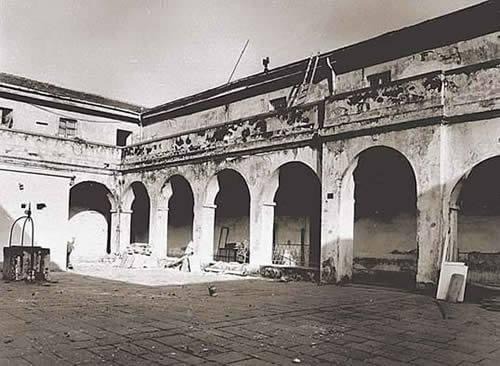
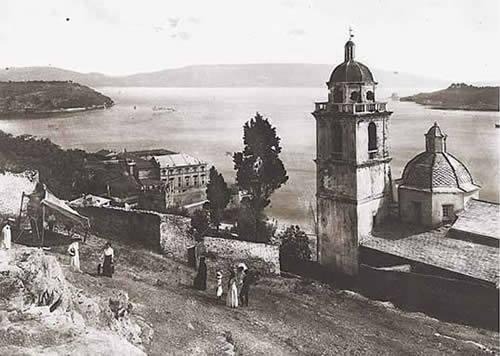
When Liguria was annexed to the French Empire from 1805 to 1814, Porto Venere was included in the Department of the Apennines. In this historical period, at the behest of Napoleon Bonaparte, the coastal road called Strada Napoleonica (today Provincial Road 530) was built to connect Portovenere with La Spezia.
According to some sources, it was in the early 19th century that Napoleon ordered the Battery of San Francesco to be built near the Convent. Others, instead, claim that it was a fortification dating back to the dominion of Genoa.
What is known is that Napoleon had set out to create the Empire’s most important maritime stronghold in the Gulf of La Spezia. He had commissioned the best engineers to design the project for a large Arsenal and a city along the coast. However, with the fall of the Empire in 1814, Bonaparte’s plans failed.

The former Convent became a military hospital in the early 1900s and during the two wars, but always with the friars inside. Below are photos of how the building looked in 1899 and 1900.
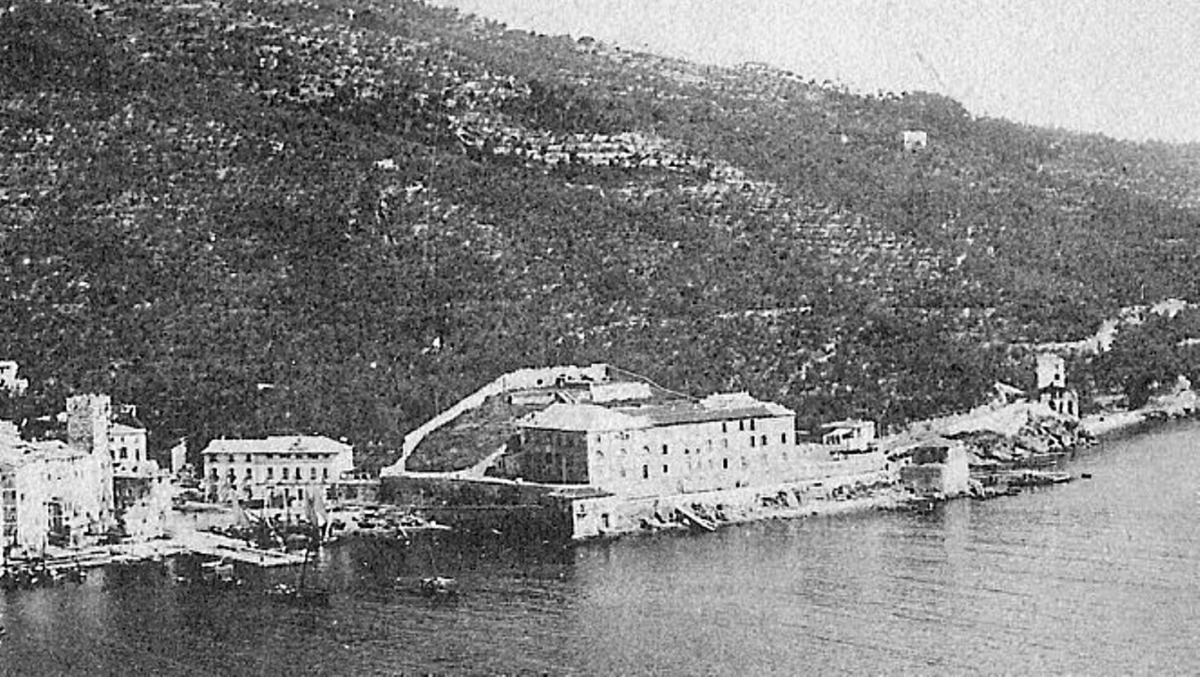
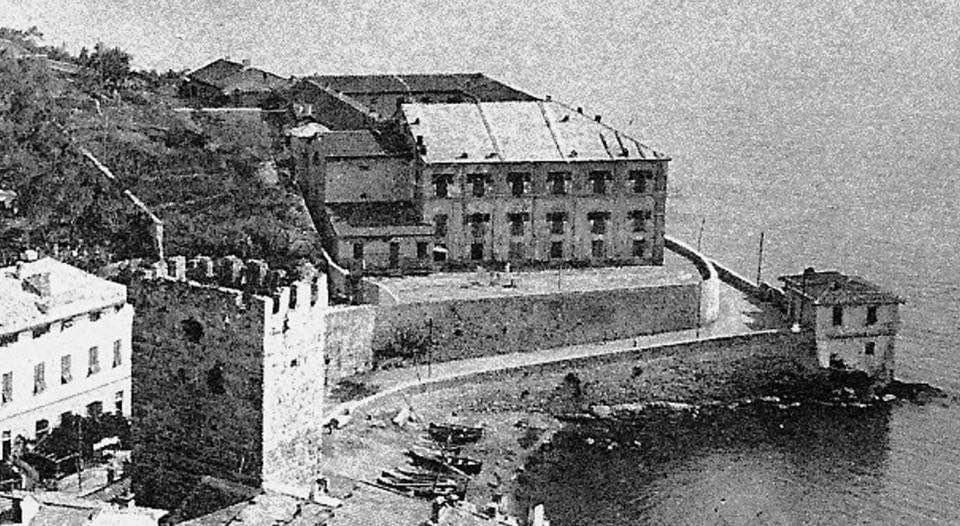
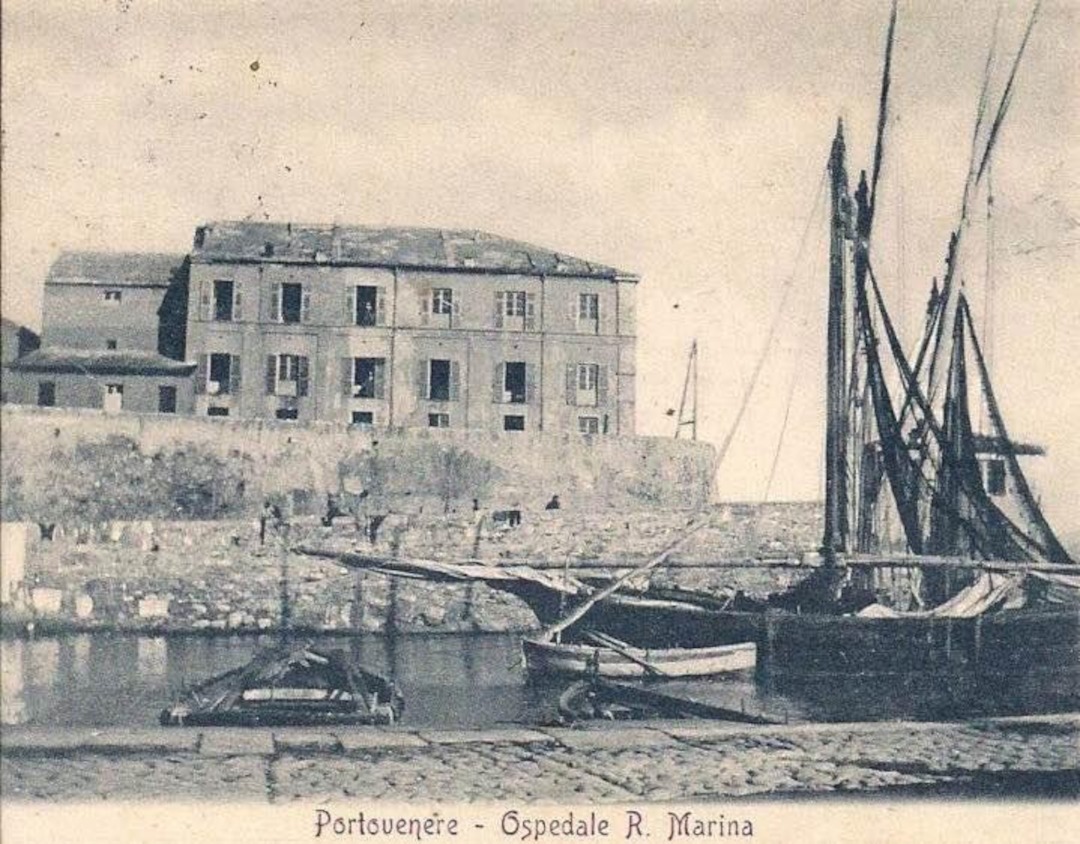
Between the ’50s and ’70s, the building was used as a town hall and an elementary school. In those years, during summer, the people of Porto Venere and the first tourists of the Gulf of Poets enjoyed an open-air cinema here.
In many historical photos, next to the Franciscan building, we can admire the “Casetta della Sanità“, built in 1628 by the Genoese government to station guards in charge of inspecting boats for health hazards to reduce the risk of epidemics.

Giuseppe Garibaldi landed in Portovenere on 5 September 1849 and stayed in the building that once housed the Casetta della Sanità. He was a fugitive after the fall of the Roman Republic. A plaque celebrates his short visit: it is placed where the Casetta once stood. Unfortunately, this small building was demolished in the sixties-seventies.
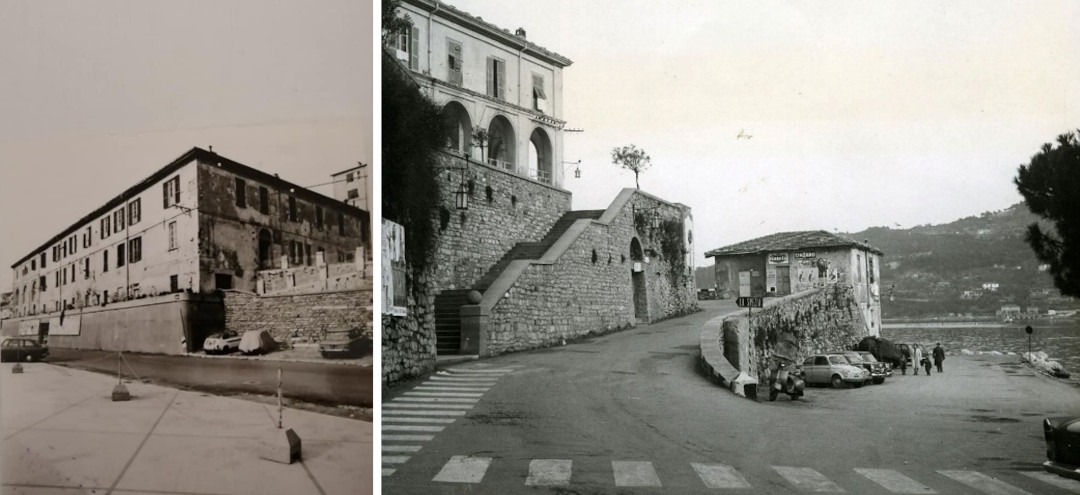
In 1975, Portovenere’s most beautiful building was transformed into a hotel, which closed in the 2000s and reopened under new management in 2014 as today’s Grand Hotel Portovenere.
Thanks to the impressive renovation works, Grand Hotel Portovenere has brought back to life splendid details of the original Convent, including the red brick vaulted ceilings and the cloister with false pepper, mandarin and lemon trees to pay homage to the monks who cultivated their gardens there to the healing properties of the plants.
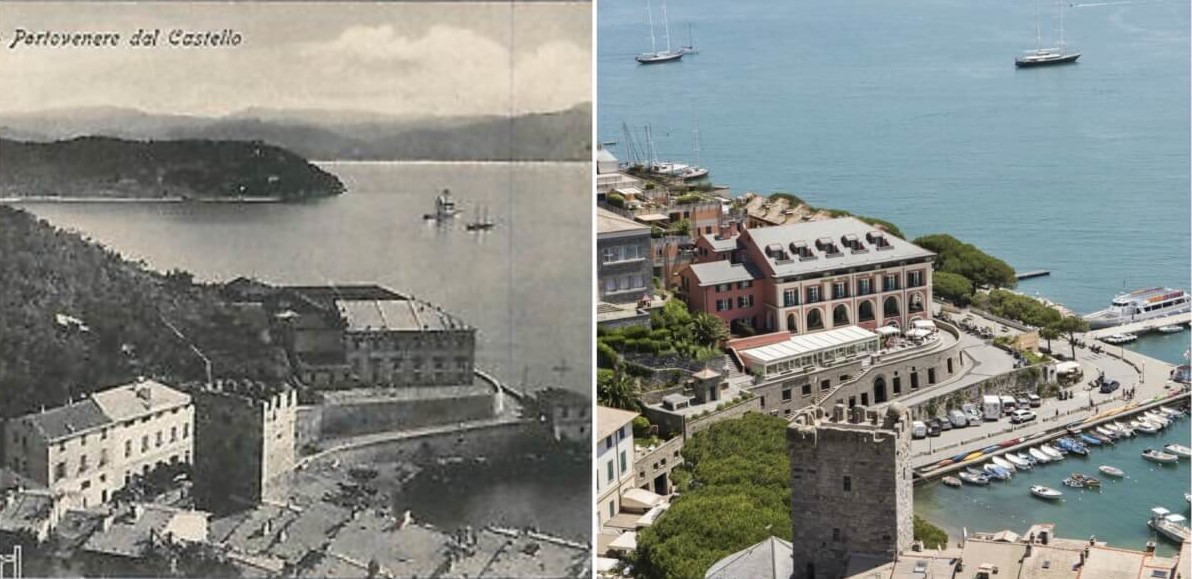
By booking a stay at Grand Hotel Portovenere, you can experience a vacation between history and modernity, enjoying the views and architecture that already awed inhabitants and travellers 400 years ago, and the luxuries of today’s world, including exclusive suites and fine-dining cuisine. This Dimora Storica in the Gulf of Poets is also ideal for special occasions, such as destination weddings and corporate events.
Sources and Credits:
Various photos by Maurizio Mereu / Silvio Motorrader Turano / Gianni Franzini/ Gruppo Vecia Portivenere on Facebook
paolonoceti.it
mureadritta.net
portovenere.it
Il golfo della Spezia nel “Novecento” Facebook group
Discover more from Discover Portovenere Blog
Subscribe to get the latest posts sent to your email.
1 Comment